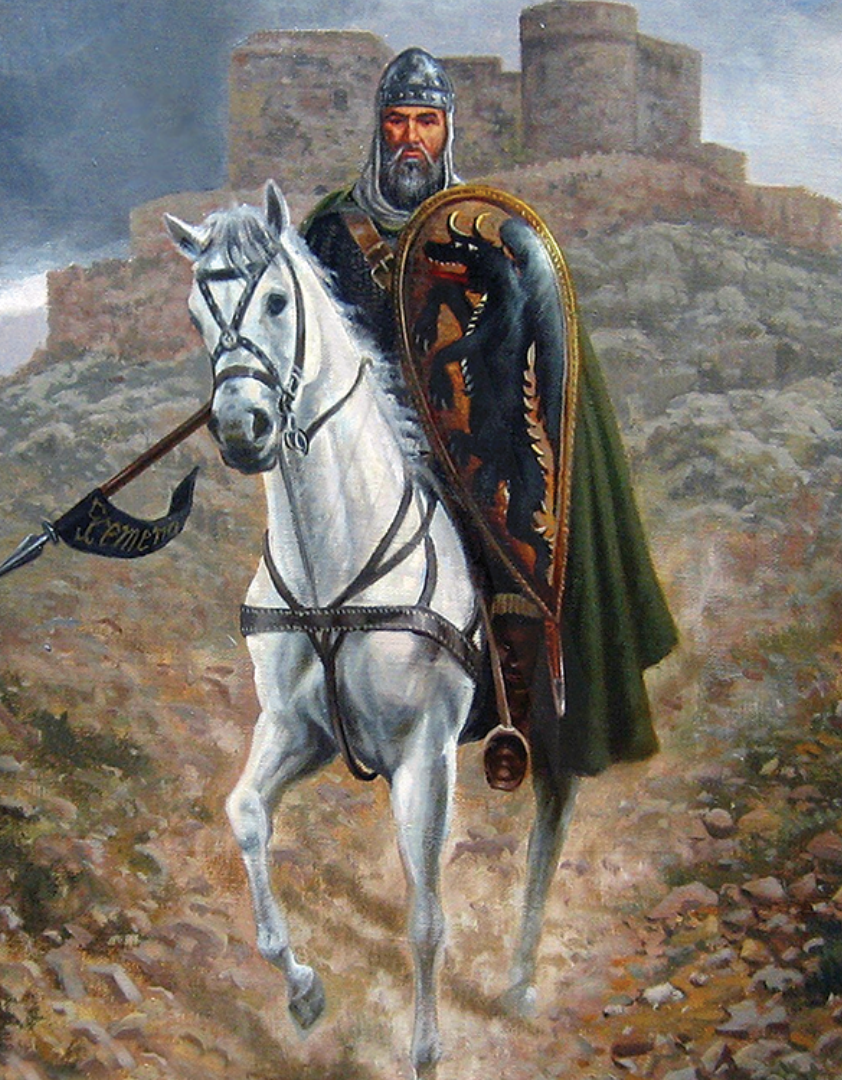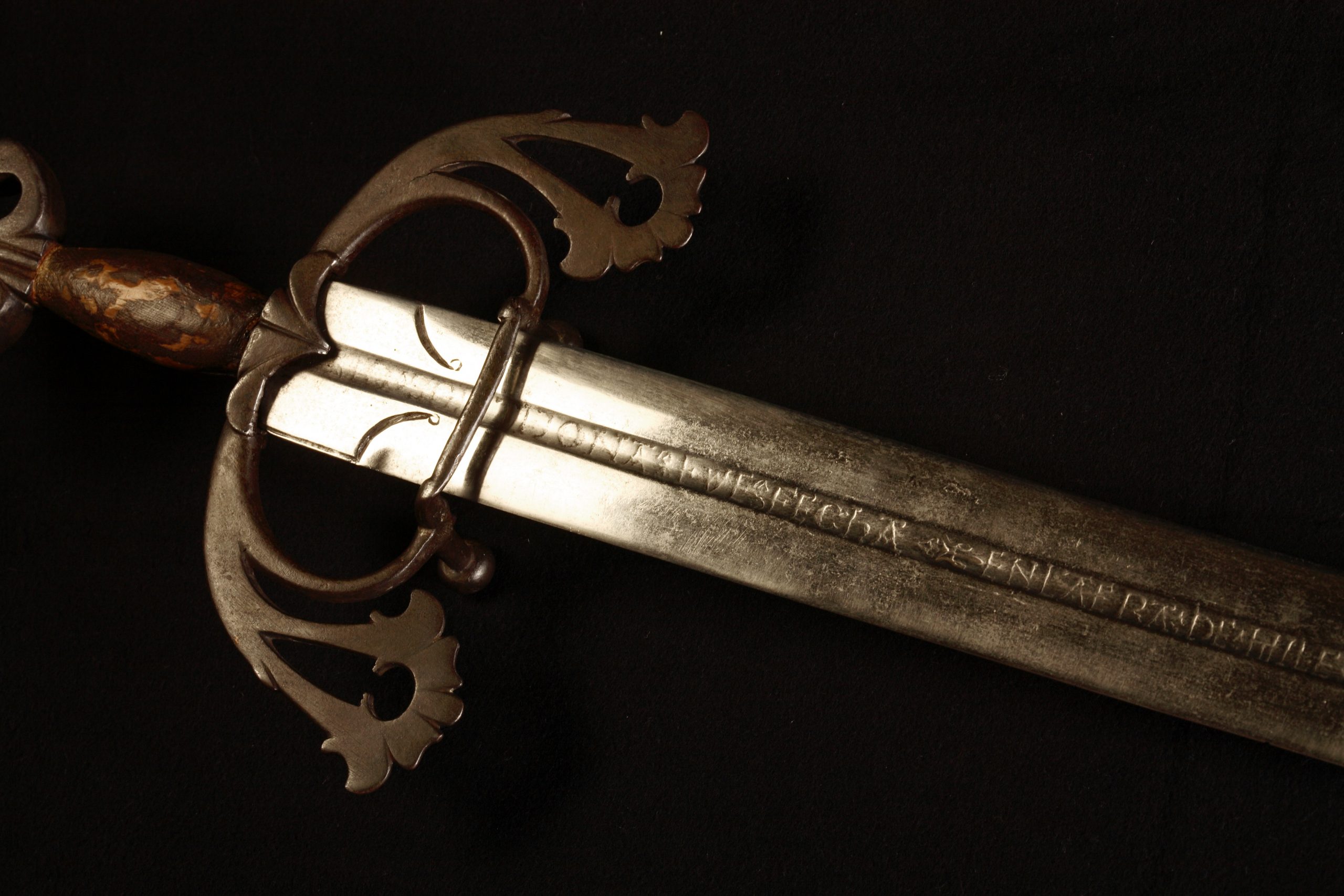In the annals of Spanish history, few artefacts command as much reverence and awe as the Tizona sword. This legendary blade, purportedly wielded by Rodrigo Díaz de Vivar—better known as El Cid—, is not merely a weapon but a symbol of valour, gallantry, and the complex socio-political fabric of medieval Spain. El Cid, a formidable military leader and nobleman of the 11th century, is a seminal figure in Spanish lore, synonymous with the reconquest of the Iberian Peninsula from the Moors. The Tizona is integral to his mythos, embodying the essence of a hero who transcended mere mortal boundaries to become a legend.

The Tizona's origins are shrouded in the mists of history, with its first documented references dating back to the "Cantar de mio Cid," an epic poem that extols the virtues and deeds of El Cid. The sword's name, "Tizona," resonates with the force of thunderbolt, suggesting its invincible power and the fear it instilled in the hearts of its wielder's enemies. According to legend, Tizona was one of the two great swords belonging to El Cid, the other being Colada. These swords were not only weapons of war but also represented El Cid's authority and his martial prowess.
While the poetic saga glorifies Tizona as a singular weapon of unmatched potency, historical analyses suggest that it was a product of the sophisticated Andalusian steel-making techniques of the time. The craftsmanship attributed to the sword indicates a blend of various cultural influences, reflecting the confluence of Christian, Muslim, and Jewish traditions in medieval Spain. Swords of this era were typically made from high-carbon steel, with intricate patterns forged into their blades, a testament to the artisan's skill and the technology of the period. The exact dimensions and specifications of the original Tizona are matters of speculation, as multiple versions exist, each claiming authenticity.


The Tizona sword occupies a pivotal place in Spain's cultural and historical psyche. Beyond its martial significance, the sword symbolizes the Reconquista, a centuries-long campaign by Christian states to reclaim territory from Muslim rule. El Cid, straddling the worlds of Christianity and Islam, emerges as a unifying figure, with Tizona as his emblem. The sword represents the valour, honour, and cultural synthesis that characterized the medieval Iberian Peninsula.
Over the centuries, several swords have been identified as the legendary Tizona. One of the most famous is housed in the Museum of Burgos, Spain, purportedly donated by the Marquis of Falces in the 19th century. The authenticity of this sword has been the subject of debate among historians and scientists. In 2007, a study using advanced metallurgical techniques confirmed the sword's origin to the late 11th or early 12th century, aligning with El Cid's lifetime, thus lending credence to its legendary status. However, whether this sword truly belonged to El Cid remains an enigma wrapped in the layers of myth and history.
The Tizona sword, attributed to El Cid, transcends its identity as a mere historical artefact to become a beacon of Spanish identity and pride. It embodies the essence of a period marked by conflict, coexistence, and the melding of diverse cultures. More than a weapon, Tizona is a testament to the enduring legacy of El Cid, a hero whose life continues to inspire and captivate the imagination of people around the world. Whether resting in a museum or living on in the romanticized tales of yore, Tizona remains an indelible icon of Spanish heritage.